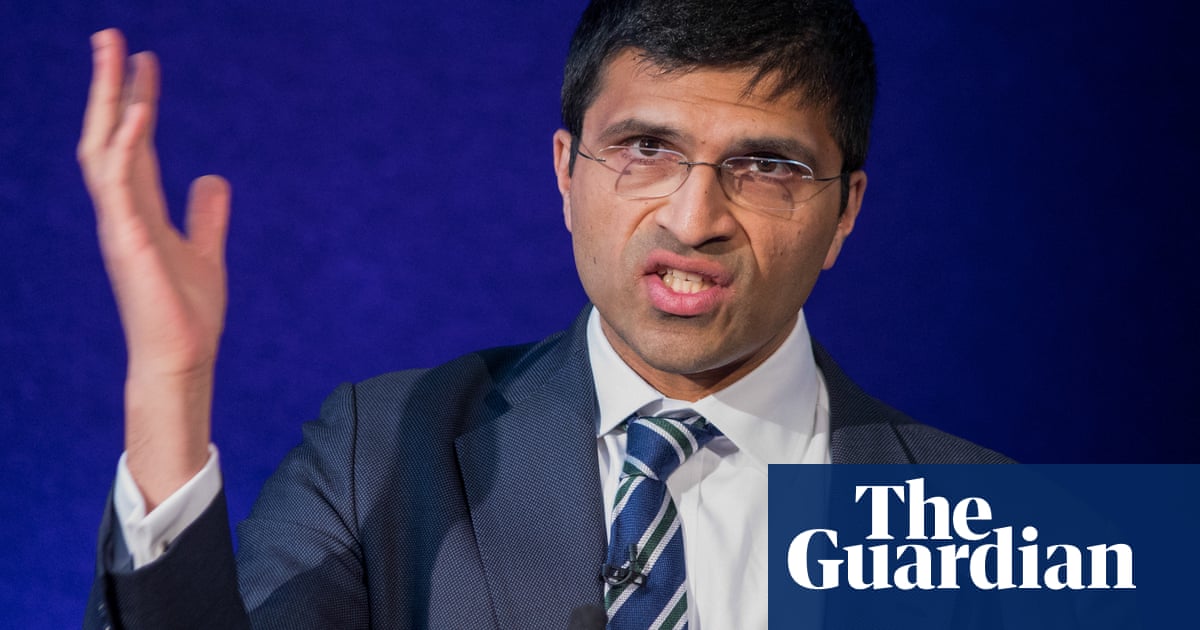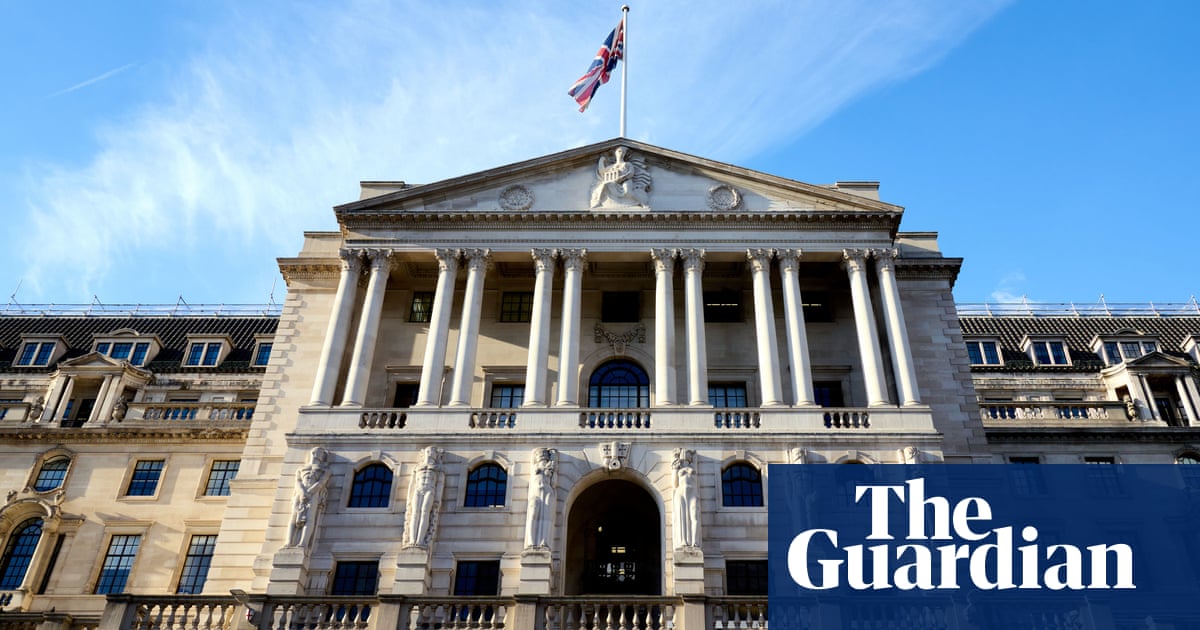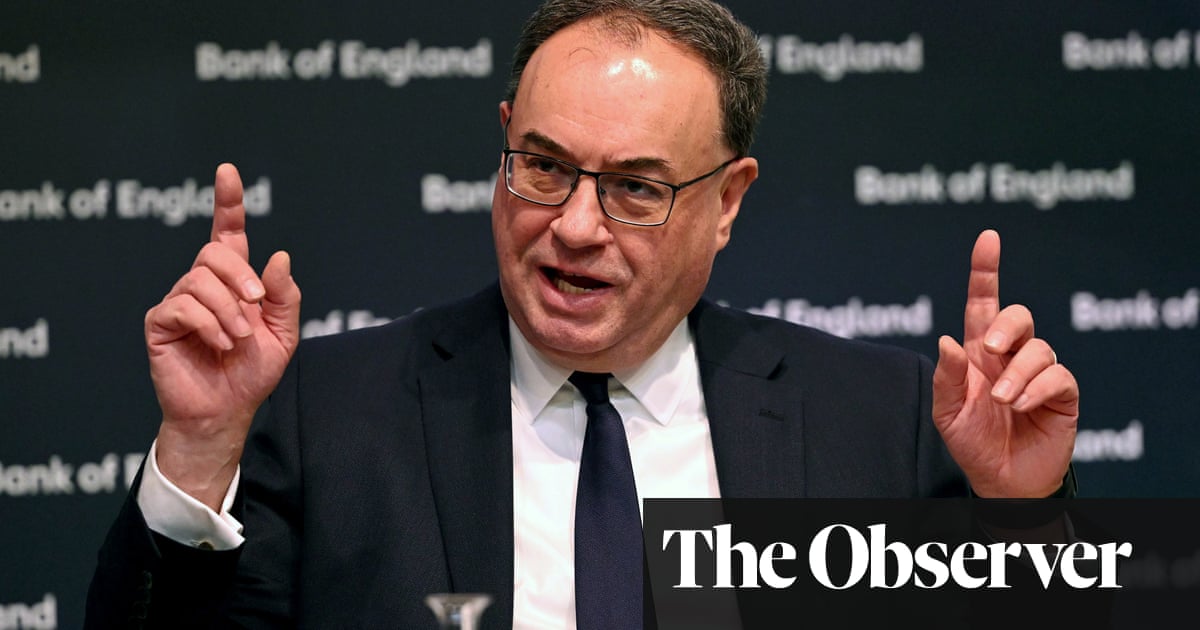
The recent unexpected rise in interest rates could have been the good news that savers had waited so long for. But more than five weeks after the Bank of England increased rates, only four financial firms have passed on the full rise to all, or nearly all, of their variable-rate savings account customers.
The Bank decided on 16 December to lift the base rate from its historic low of 0.1% to 0.25%, prompting expectation it would be passed on.
But several banks and building societies boosted rates on just one, or a handful, of accounts in the weeks following the decision, and some have even reduced them.
Only Suffolk, Newcastle and Cambridge building societies, and Atom bank, raised rates by the full 0.15% across all, or the majority of their ranges, according to financial data provider Moneyfacts.
This leaves the vast majority of long-suffering savers still waiting for a rise that may never come. Some commentators believe this is unlikely to change any time soon, even if – as many expect – the Bank announces another increase on 3 February.
Analysts expect further rises this year to take the base rate above 1%.
Adrian Lowery, a personal finance expert at investing platform Bestinvest, says that “most of the big banks are uninterested in attracting savers’ deposits … and so will probably decline to pass on base-rate hikes in any meaningful way”.
That is echoed by Sarah Coles, a personal finance analyst at investment firm Hargreaves Lansdown, who says: “The banks have plenty of cheap money from the government, so they are in no rush to raise rates to attract more from savers.”
Even if providers do nudge up rates, rising inflation will eat away at the value of savings. On Wednesday it emerged that it had jumped to 5.4% – the highest in almost 30 years.
Moneyfacts says there is not one standard savings account that can outpace 5.4%, but adds that getting the best deal is essential to soften the impact of the rising cost of living.
“It’s imperative that savers continue to monitor and switch if they are on a poor rate,” says Rachel Springall at the data provider.
Ipswich-based Suffolk building society says all of its currently available variable rate savings accounts had 0.15% added with effect from 4 January.
Newcastle building society says it will apply the rise to the majority of its variable-rate savings accounts, which means that 97% of those who have one will benefit from 1 February. Two recently launched accounts – triple access saver and monthly access saver – will not see a rise, however.
Atom bank has raised the rate on its instant saver account (its only variable rate account) by 0.15% to 0.65%, making this one of the best easy-access rates available.
Cambridge building society says it will increase by 0.15% its instant access, your saver, first account and 100 day notice accounts from Tuesday.
And Yorkshire building society, with nearly 3 million customers, says it is adding 0.1% to its variable-rate savings accounts on 1 February.
Most experts say that everyone should aim to have some cash in an easy-access account to provide a financial safety net. Unfortunately, some of the leading ones – including Lloyds Bank’s easy saver, HSBC’s flexible saver and Halifax’s everyday saver – pay just 0.01%.
There are providers offering a lot more, though some have restrictions. Topping the table at the time of writing was Shawbrook Bank’s easy-access account, paying 0.67%, though the minimum opening balance is £1,000, and the minimum withdrawal £500.
Be aware that savings products are coming and going very quickly, so you may need to act fast. Financial app Chip offers an easy-access account with a relatively good rate, though it was last week reduced from 0.7% to (a still pretty good) 0.61%.
Marcus by Goldman Sachs has an online savings account paying 0.6% and you can start with as little as £1. That includes 0.1% interest bonus, fixed for the first 12 months.
If you want a return of more than 2%, you will typically have to lock your money away for several years. There are a number of five-year fixed-rate savings bonds paying just over 2%, from the likes of Charter Savings Bank, Hodge Bank, InBank and Monument Bank.
Some of the best rates are offered by regular savings accounts, where you put aside money each month.
If you have a NatWest current account, you can apply for its digital regular saver, which pays 3% on balances up to £1,000 (and just 0.01% above that). You can withdraw your money at any time, though you can only pay in up to £50 each month.
Similarly, Nationwide and TSB have regular savings accounts for current account customers paying 2%.
Yorkshire building society last week launched a regular savings account with a lower rate than that – 1% – but boasting an extra perk: the chance to win £1,500 cash prize each month. There will be 11 prize draws, at the start of the month, between March and January 2023, with the account maturing in a year. This easy-access account, called make me a saver, allows customers to pay in up to £150 a month.
One big-name provider that was fairly quick to respond to the rate rise was National Savings & Investments (NS&I), which increased rates on three accounts on 29 December. Its direct Isa, direct saver and income bonds now all pay 0.35%. The Isa previously paid just 0.1%, while the other two offered 0.15%.
These are far from table-topping – but it is possible that NS&I may soon have to increase them again to get more people through the doors. That is because it has an official target to raise about £6bn in 2021-22. In October, halfway through the current financial year, it revealed it had so far only raised £0.6bn.












